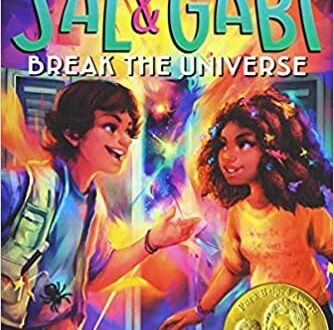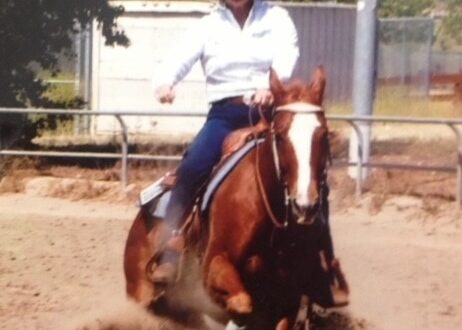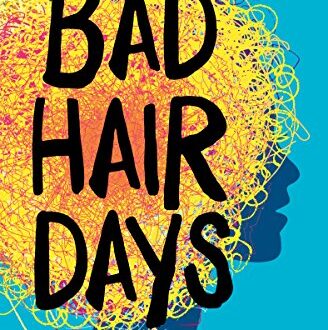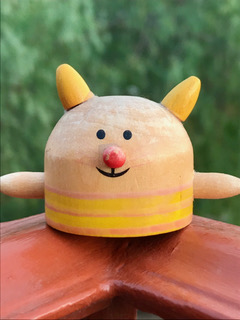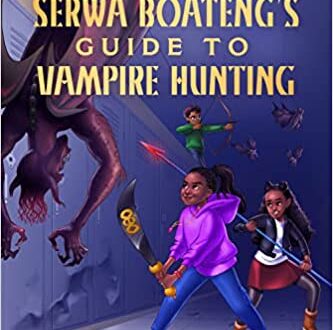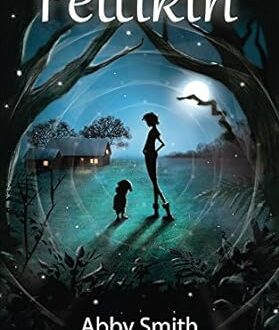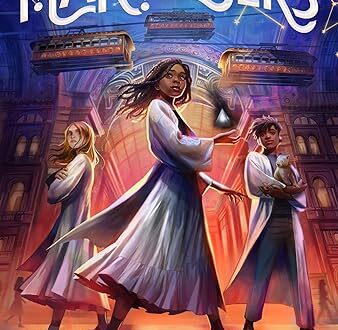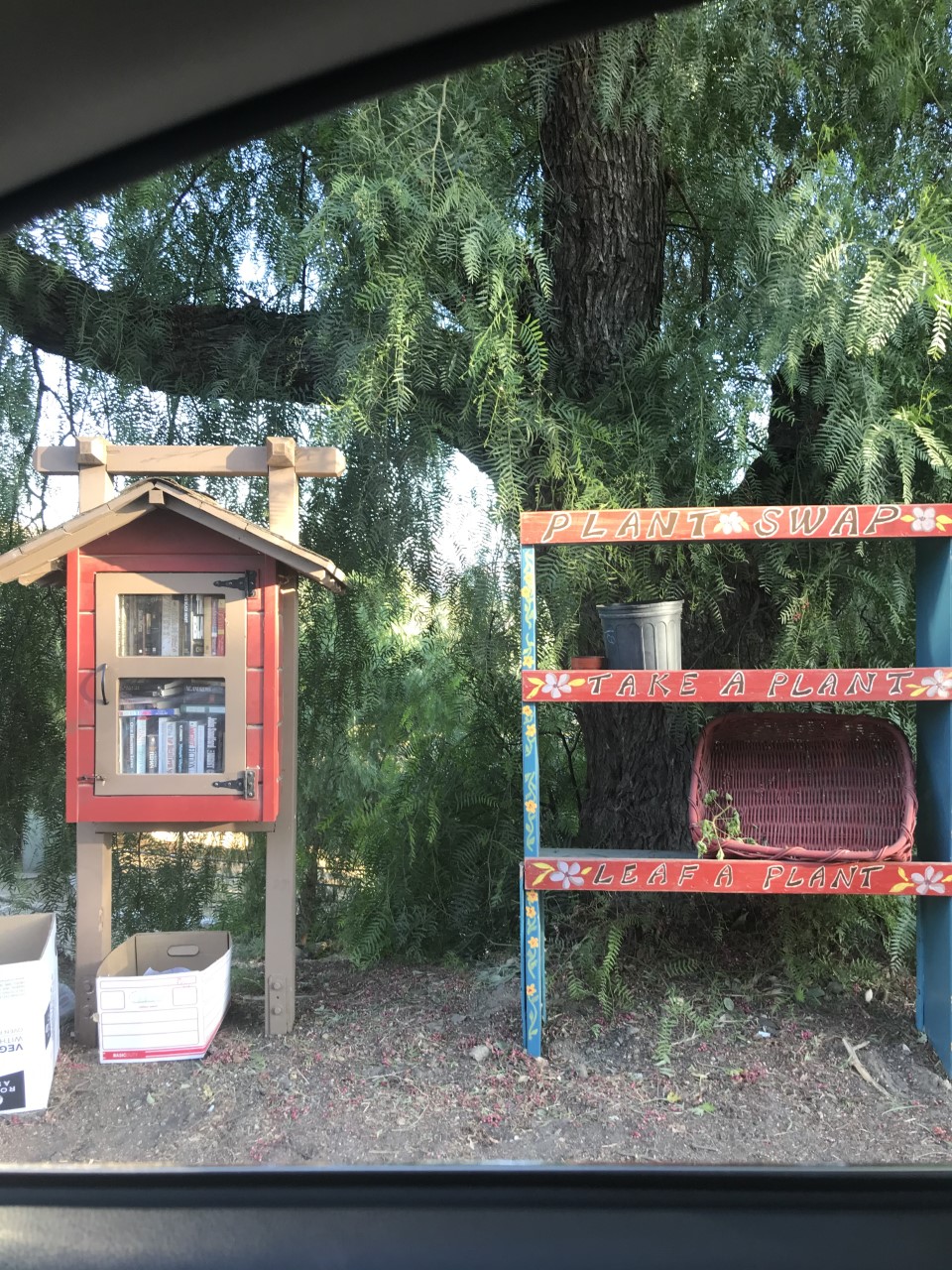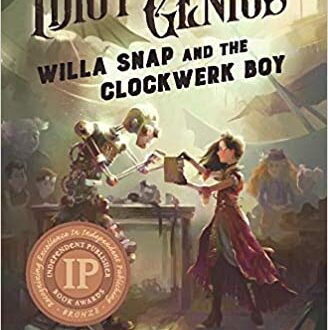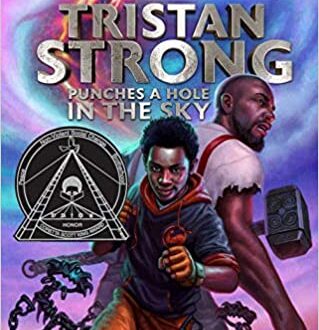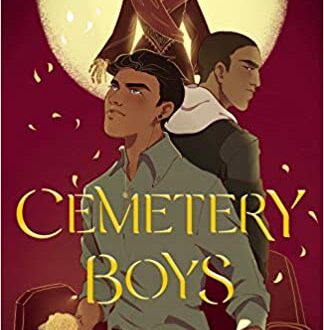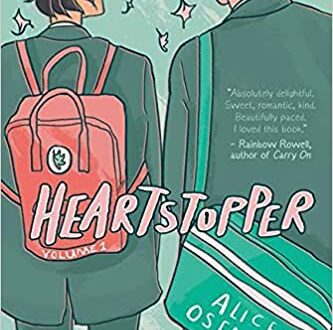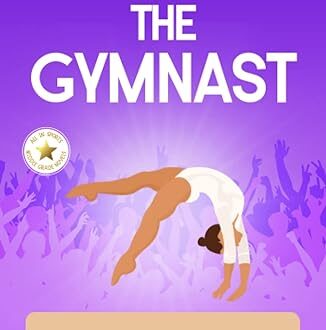Learning
-
Pack Horse Librarians
Can you imagine riding your horse or mule over 100 miles each week, crossing steep terrain, hooves slipping on treacherous footing on barely discernable trails, perhaps with drop-offs hundreds of feet just beside you? Yikes! How about crossing icy waters that made your boots freeze to your stirrups—all the while packing up to 100 books and hoping that your horse didn’t trip on submerged rocks and dump you into the water? What if you rounded a turn and came face-to-face with a wild animal?
That’s exactly what librarians braved in the early 1900’s through 1943. The dedicated women of The Pack Horse Library Project delivered books to families in remote areas of the Appalachian Mountains where there was no access to books. Because of these women and their equine partners, children and their parents were able to expand their knowledge of the world. Books lit up their imaginations, allowing them to dream of possibilities that they might never have known otherwise. Some families even began donating recipes and quilting patterns to share, bringing families miles away closer to each other in friendship.
I found this information and much more on a Wikipedia link—more information than I could share here.
I can hardly believe that 63 counties in Kentucky had no libraries at all when today we can buy and borrow books via our computers and tablets within seconds.
There were abundant challenges for the Pack Horse Women and for their trusted equines. The women received paychecks, but I suspect that their reward came from seeing the shining faces of families as they sorted through new selections of books. I can hear the shouts of joy when someone found just the book they wanted. If it was me, I would’ve been looking for any ‘horse book’ first—of course.
I encourage researching the Wikipedia page to learn more about these dedicated librarians and to find links to books written on this subject, including The Giver of Stars, a historical fiction Best Seller for which Universal Pictures has purchased movie rights.
In the meantime, I think I’ll head out back to see my horses and tell them about how their ancestors helped expand the world of readers back in the day. They always like a good story.
-
Starfish
Ellie is tired of being fat-shamed and does something about it in this poignant debut novel-in-verse by author Lisa Fipps
Ever since Ellie wore a whale swimsuit and made a big splash at her fifth birthday party, she’s been bullied about her weight. To cope, she tries to live by the Fat Girl Rules–like “no making waves,” “avoid eating in public,” and “don’t move so fast that your body jiggles.” And she’s found her safe space–her swimming pool–where she feels weightless in a fat-obsessed world.
In the water, she can stretch herself out like a starfish and take up all the room she wants. It’s also where she can get away from her pushy mom, who thinks criticizing Ellie’s weight will motivate her to diet. Fortunately, Ellie has allies in her dad, her therapist, and her new neighbor, Catalina, who loves Ellie for who she is. With this support buoying her, Ellie might finally be able to cast aside the Fat Girl Rules and starfish in real life–by unapologetically being her own fabulous self.
This is for readers 10-13
-
Lady’s Blue Ribbon
She was a little girl’s dream horse—a deep golden palomino with three white socks, a diamond star on her forehead, a white strip streaming like a comet tail down her delicate face. Her mane and tail were silky white. She was so perfect—she looked like a Barbie Doll horse.
She loved to be groomed and petted and fussed over. She loved to compete in horse shows, where she always tried to be perfect—and almost always was. She practiced and trained at home and performed just that way when at shows—relaxed and confident, not a bundle of nerves (like I sometimes was).
 Yep, that was my darling Lady Diamond Cut. I wasn’t a little girl anymore but I felt like one whenever I spent time with her. Which was almost always.
Yep, that was my darling Lady Diamond Cut. I wasn’t a little girl anymore but I felt like one whenever I spent time with her. Which was almost always.One day at a show I discovered something very endearing about Lady.
That day, the officials changed the order in which they announced awards. Instead of starting with first place they started with the lower-place ribbons.
Lady and I were lined up with the other riders at the end of our first class. The announcer began to call out the placings—eighth, seventh, sixth. Smiling contestants rode their horses forward and accepted their ribbons.
About the time fifth place was announced, I noticed that Lady had been watching each of the horses and riders called forward, then swinging her head left and right, considering each of the horses remaining in the line-up.
At fourth place she moved a hoof restlessly, then stomped. So unlike her to do so.
I leaned forward and stroked her neck. “What’s up, Lady?”
She blew air out of her nostrils forcefully when the next rider was called forward.
Then I knew what was up.
Used to being called out first or second, Lady couldn’t understand why she was still in the line-up. When we were finally called forward to accept our first place prize and blue ribbon, she eagerly stepped forward.
Could Lady tell the difference in the color of the ribbons? I don’t know. But she sure understood what it meant when we were awarded a prize. As the day progressed Lady stood quiet and confidently in the line-up until they announced us in the higher places.
This story may seem fanciful but I assure you it’s true. There’s so much about our wonderful horses, their thoughts and their feelings and more, that we can learn about and appreciate.
Even though I’ve had some of my horses for more than fifteen years, I have no doubt they are wondering how much longer it will take for me to really know them.
-
Upside-down Drawing
I have always believed people who can draw were magical wizards with a secret power only a few had–and to be honest, I still think that. Artists look at the world in a different way. They see color and shapes and perspective and are able to transform what their eye sees onto images on a flat piece of paper or canvas.
But there are some techniques artists use that everyone can learn. One of them is upside-down drawing. Start in a quiet place where you can work. Find a picture that you would like to draw (maybe an animal or a house or a picture of a person), a piece of paper, and a pencil. Then turn the drawing upside down and try not to see “giraffe” or “cat.” Instead focus on the shapes you actually see. How do the lines fit together? Where do the lines form spaces? Start drawing these lines and shapes.
Keep concentrating on the lines and shapes and not the idea of “house” or “person.” You might find you lose yourself in the task of fitting the lines and shapes together. Only when you are satisfied you have drawn all the pieces should you turn your drawing right side up. How did you do?
This exercise helps your brain to stop seeing the “idea” of an object and seeing all the pieces of the actual object in front of you. Everything you need when you draw something is right in front of you. You only need to practice looking carefully.
Maybe you truly are one of those magical wizards—an artist!
-
Little Sisters and Horses
I was a horse-crazy little sister that always got in the way of my older sister and brother when they wanted to do anything that involved horses. I only sort of felt bad when Mom made them drag me along.
I especially remember one time when my sister, nearly three years older than me, was getting ready to go somewhere. I think I was about seven. I remember because of what happened.
“Where ya’ goin’?” I asked my sister.
“I’m going to see a horse get shooed.”
Shooed? Why would someone want to shoo a horse away? Maybe I could catch it when they shooed it. Then it would be mine.
“I want to go too,” I wheedled.
“No! This is for my Girl Scout Badge. You’re just a Brownie.”
Mom overheard us. “You can’t go unless Teresa goes too.”
My sister huffed and puffed. “I don’t see why Teresa has to go everywhere with me.” She stomped her feet and headed for the door.
I ran after her, out the door and down the street.
To my surprise we ended up at my friend’s house. Holly was the luckiest girl in the world because her family had two horses, right in their own backyard! My family had a pool and everyone said I was lucky, but I would’ve traded in a minute for a horse.
I traipsed after my sister back to the horse barn. A man had one of Holly’s horses tied up by his truck. It was Penny Boy, a palomino gelding with big brown eyes and a sweet face. My favorite.
My sister joined the group of her Girl Scout friends gathered near Penny Boy, said something, then I heard them giggle. I stayed by myself, ready to burst into action whenever someone shooed the horse. Where is that horse anyway? I fidgeted in the hot sun.
Clang, clang, clang. The man banged a hammer on some big old iron thing set up by his truck. He held up something metal up in the air, squinting at it, then nodded his head before walking over to Penny Boy. He picked up one of Penny Boy’s front legs and held the metal thing against the bottom of his hoof.
I trotted over to my sister and the other girls. I whispered, “When are they going to shoo the horse? What horse are they going to shoo anyway?” There were only Holly’s two horses there and I was pretty sure she wouldn’t shoo either of them.
My sister looked at me like I was a creature from Mars. “That’s what he’s doing –he’s shooing Penny Boy now.”
“But why are they shooing Penny Boy? Don’t they want him anymore?”
Again, the look from my sister. “No—they are putting shoes ON him. See, that man is the shoer, and that’s a horseshoe he’s going to put on Penny Boy.”
Thud, thud, thud. The man hammered the shoe onto Penny Boy’s hoof.
Ouch! I moved closer to see if it hurt Penny Boy.
“Teresa,” my sister said, “he puts the nails into the hoof wall—that’s the outer part of the hoof. It’s just like our fingernails. You don’t hurt when Mom clips your nails, right? So Penny Boy doesn´t feel any pain when the nails get hammered in the hoof wall.”
“Oh, so that’s what you meant when you said a horse was going to get shooed today?” My heart and my hopes were shattered, as only a seven-year-old’s can be.
There were a few titters among the older girls. One of them spoke up. “Well actually it’s called getting ‘shod’. That’s what we’re learning today. And that man is a farrier.”
“Oh.”
So I never did get to chase after a shooed horse that day. But I did learn a lot, and I had many wonderful adventures with Penny Boy in the years ahead.
-
Homemade Play Dough
When my children were young, making homemade play dough was one of our favorite activities. It was even more fun when they had friends over, so everyone got their own dough to knead and color. The thing about this recipe is that the dough lasts longer than the store-bought kind and you can make large amounts very cheaply!
This recipe involves cooking, so please make sure a responsible older person does the cooking. When you are cooking the dough, you can add flavorings such as vanilla extract, or lemon, or banana, or almond. It will smell great! But no taste-testing. It actually tastes pretty gross.
Here is what you will need before you start:
- 2 cups all-purpose flour
- 3/4 cup salt (yes, that’s a lot!)
- 4 teaspoons cream of tartar (not everyone has this in their cupboard—make sure you have some before starting the recipe)
- 2 cups lukewarm water
- 2 tablespoons vegetable oil
- Food coloring
Steps:
- Stir together the flour, salt, and cream of tartar in a large pot. You can double the recipe, but make sure you have lots of room in the pot.
- Next add the water and oil
- Cook over medium heat, stirring constantly. Keep stirring until the dough thickens and it gets hard to stir. It will begin to form into a ball.
- Remove from heat and then place inside a bowl, gallon sized plastic bag or onto wax paper.
- Allow to cool slightly
- Knead until smooth
- If you’re adding colors after, divide the dough into balls (for how many colors you want) and then add the dough into the quart-sized bags. Start with 3 or 4 drops of color, then keep adding until it is the color you want.
- You can knead the dough while inside the plastic bag to keep your hands clean.
It is fun to use cookie cutters, rolling pins, smashers, and other kitchen utensils to make play dough food and objects. You can also add some glitter if you have some around. Have fun with your homemade play dough!
-
Eat Like A Horse
Have you heard the saying “eat like a horse”?
It often means eating a large volume of food, devouring food or eating fast, helping yourself to someone else’s food, and other (sometimes) unflattering examples, like “making a pig of yourself”. That’s another crazy idiom meaning, among other things, eat too noisily or eat more that your share.
“Eat like a horse” is a contradiction, because for one thing, horses don’t eat fast. Nature built them to walk and graze all day long, snatching mouthfuls of feed here and there. This results in frequent and small meals, keeping their digestive systems moving and healthy.
Now, about eating noisily—when I feed my horses their supplements and some small form of pelleted food, they can eat like pigs!
 My dun horse slobbers and loudly chomps (despite receiving regular dental care—the slobbering is just plain poor manners). My 8-year old gelding tries to grab the feed bucket before I can get it into his stall, often spilling the contents onto the flooring. Can you imagine grabbing your plate from the server at a restaurant, spilling everything on the table? My retired reiner closes his eyes and savors every bite, like it’s a scrumptious dessert. But don’t get too close to his feed bucket or he will pin his ears at you, clearly saying “Don’t even think about it!”
My dun horse slobbers and loudly chomps (despite receiving regular dental care—the slobbering is just plain poor manners). My 8-year old gelding tries to grab the feed bucket before I can get it into his stall, often spilling the contents onto the flooring. Can you imagine grabbing your plate from the server at a restaurant, spilling everything on the table? My retired reiner closes his eyes and savors every bite, like it’s a scrumptious dessert. But don’t get too close to his feed bucket or he will pin his ears at you, clearly saying “Don’t even think about it!”Truly an example of the three little pigs.
Each of them receive a portion of hay specific to their weight requirements. Still, they shove their hay around with their muzzles, trying to get to what they think are sweeter or more tender bits, and some good amount of their hay goes flying into their neighbor’s stall, under the pipe rails. So of course, the other horse, let’s say it’s Topper, thinks, “Oh hey! How nice of you. I’ll stop eating my own hay and go eat yours.” Or, if Topper’s hay lands just inside his stall, his neighbor will try all kinds of contortions to reach Topper’s hay. This includes practically getting down on their knees, sticking their heads under the lowest rail, and stretching their lips and tongues out to snatch any morsel they can—even when there’s plenty of hay in their own stall.
So I guess I could say, my horses do eat like pigs. Shocking!
On a more serious note, horses’ digestive systems are very sensitive. Horses can “colic”, which is a term for any type of digestive blockage, indigestion, gas, abdominal pain, etc. Colic can be deadly. Horses can also develop stomach ulcers.
Sudden changes in feed should be avoided, along with foods such as rhubarb, dairy products, potatoes, avocado, lawn clippings (because clippings ferment too quickly), tomatoes and other vegetables, as examples. However, apples and carrots are always welcome, in moderation.
So, is the idiom “eat like a horse” really correct? Or, do horses “eat like a pig”?
What’s really important here is to understand how and what horses should not eat, and always provide them with good feed appropriate to their nutritional needs, exercise, fresh water, dental care and more.
Check out the internet for more information.
-
Strange Languages
Did you know twins sometimes make up a language all their own so they can have secret conversations? It’s called cryptophasia. This word comes from the Greek “crypto,” or secret, and “phasia” or speech.
Did you also know the black American slaves invented a secret language to teach each other how to read when it was against the law for them to learn? It is called Tut Language.
Most made-up languages use a few easy rules you can share with friends, but to someone who doesn’t know the rules, it can sound like you are speaking gibberish (which is a great word to know when you want to explain your secret language). Here are two well-known made-up languages, and one easy way to make up your own.
Pig Latin has been around since before William Shakespeare’s time. He even used it in his play, Love’s Labor’s Lost. The simple rule is to take a word like “pig” and move the first letter to the end. Then add “ay” to the end. So “pig” would be “igpay.” Latin would be “atinlay.” Igpay Atlinay! You will have to practice some, but it would be fun to try it out with a group of friends. Once you get good at it (fluent), it will be your secret language! For some help, here is an English to Pig Latin translator: http://www.snowcrest.net/donnelly/piglatin.html
Skimono Jive is a bit easier to learn—all you have to do is add “sk” to the beginning of each word. For instance, “twinkle, twinkle little star” would be “sktwinkle, sktwinkle sklittle skstar.” I guarantee this will make skgiggle a lot!
You can make your own language up by either adding a sound to the beginning of a word or the end of a word. Maybe you could use “bop” at the end of each word, so twinklebop, twinklebop littlebop starbop.” Try out different sounds with different words until you get one that is easy to learn but sounds like gibberish to anyone else.
-
Little Free Libraries
Have you noticed little tiny houses with little doors and books inside scattered around your neighborhood? If not, one may be coming to your area soon. Or maybe, you can encourage your family and friends to build and stock one.
A man named Todd Bol started the first Little Free Library in 2009 in Wisconsin after his schoolteacher mother died. He thought it would be a good way to honor her memory to share her love of books with the world. The first one was built to look like a little red schoolhouse. He made many more of them, and the idea caught on in cities all over the world. Today there are more than 90,000 Little Free Libraries in 91 countries.
These libraries work by exchange, which means you take a book you want to read and replace it with one you think someone might like to read. It is free! Little libraries have helped nurture the love of books and encouraged community sharing.
The idea of little libraries has extended to Little Pantries where people in a neighborhood stock the small public cupboards with food and other items for those in need. This is a quiet and gracious way of helping others and coming together as a community.
Another idea that grew out of these little libraries is a Toy Exchange. Families can get together and trade toys their children have outgrown for someone else’s toys. Toy Exchanges can also be small structures found in parks and beaches or wherever children play. Anyone can use the toys—all they have to do is replace them when they are done.
Keep a lookout for small little houses on sidewalks and lawns near you.
-
The Eyes of Pharaoh
1177 BC: During the reign of Pharaoh Ramses the Third, Seshta, a 13-year-old dancer in the Temple of Hathor, dreams of becoming a famous entertainer. Horus, the brother of her heart, is content as a toymaker’s apprentice. Reya, at 16, has joined Egypt’s army with hopes of becoming a hero. When Reya hints that Egypt is in danger from foreign nomads, Seshta and Horus don’t take him seriously. How could anyone challenge Egypt?
Then Reya disappears. Seshta and Horus set out to find him—and discover a darker plot than they ever imagined. To save their friend, Seshta and Horus spy on merchants, soldiers, and royalty, and start to suspect even The Eyes of Pharaoh, the powerful head of the secret police. Will Seshta and Horus escape the traps set for them, rescue Reya, and stop the plot against Egypt in time?
Set in ancient Egypt, the ideas in this book resonate today, while the power of friendship will touch hearts both young and old. Suitable for ages 9 and up.
Chris Eboch is the author of over 60 books for children, including nonfiction and fiction, early reader through teen. Her novels for ages nine and up include The Eyes of Pharaoh, a mystery in ancient Egypt; The Well of Sacrifice, a Mayan adventure; The Genie’s Gift, a Middle Eastern fantasy; and the Haunted series, about kids who travel with a ghost hunter TV show, which starts with The Ghost on the Stairs.
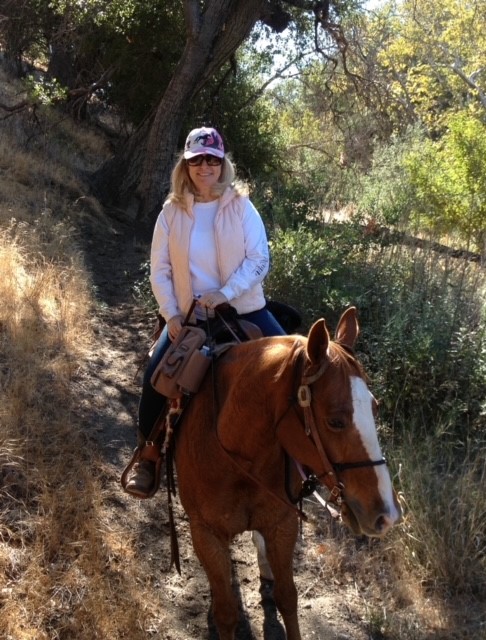
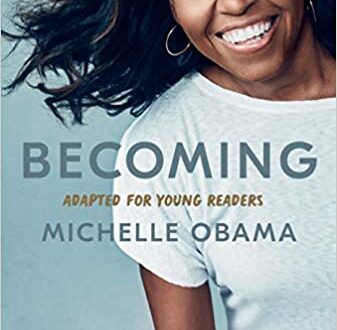
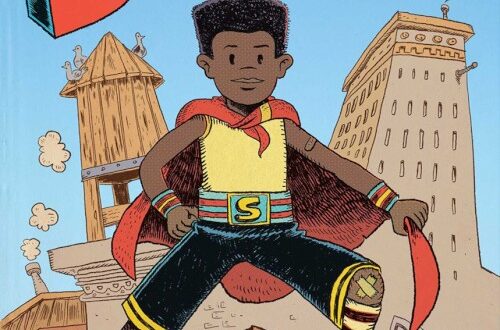
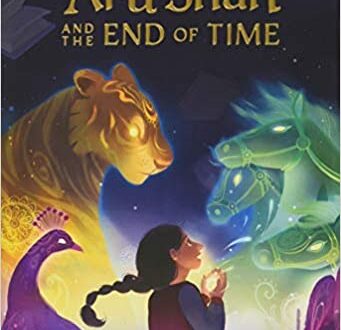



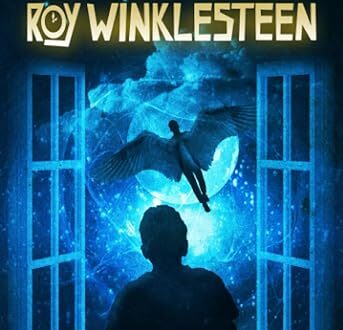
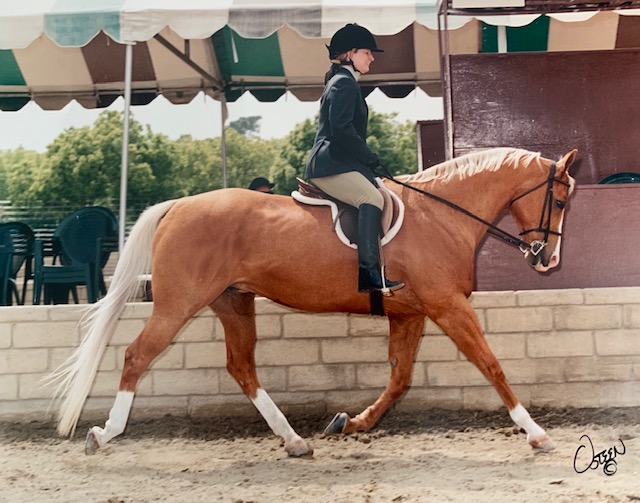
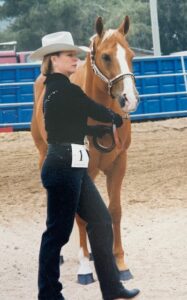 Yep, that was my darling Lady Diamond Cut. I wasn’t a little girl anymore but I felt like one whenever I spent time with her. Which was almost always.
Yep, that was my darling Lady Diamond Cut. I wasn’t a little girl anymore but I felt like one whenever I spent time with her. Which was almost always.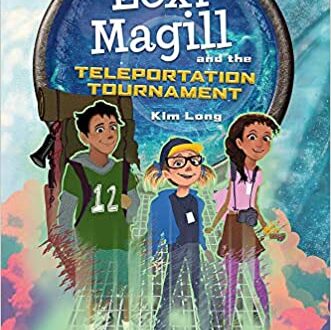
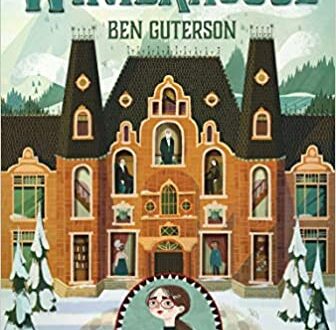
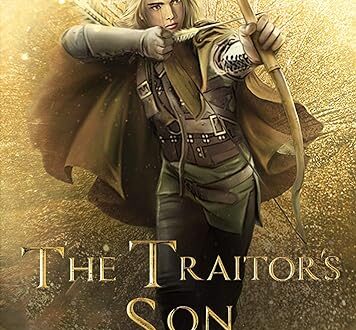
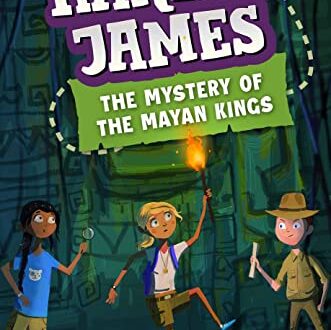


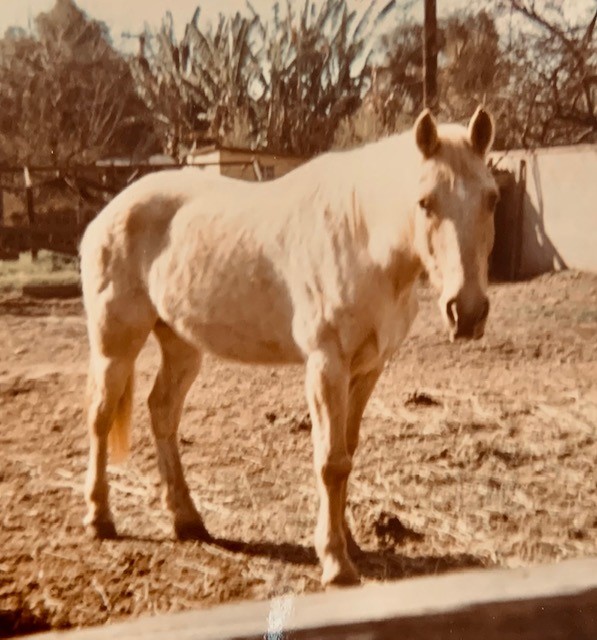
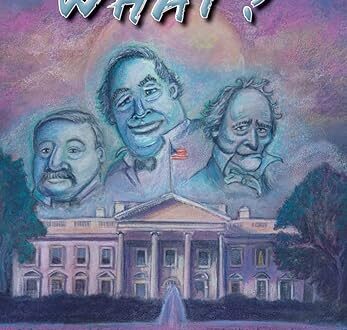
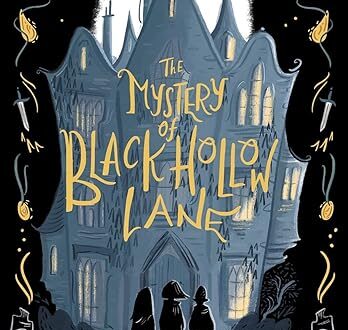
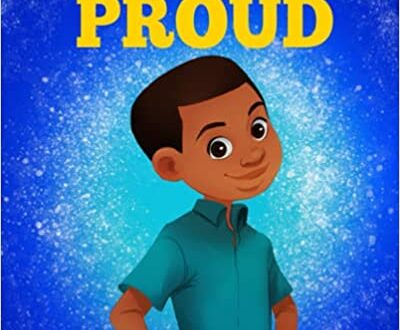
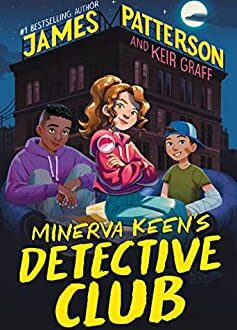
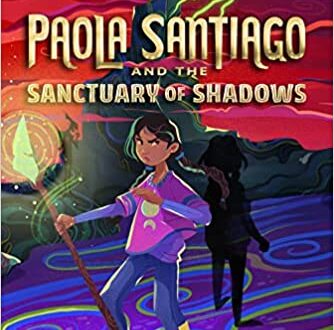
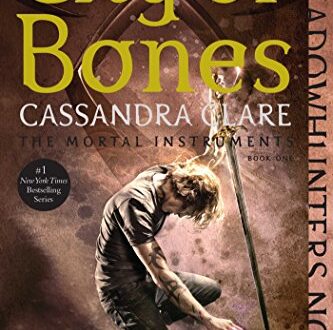
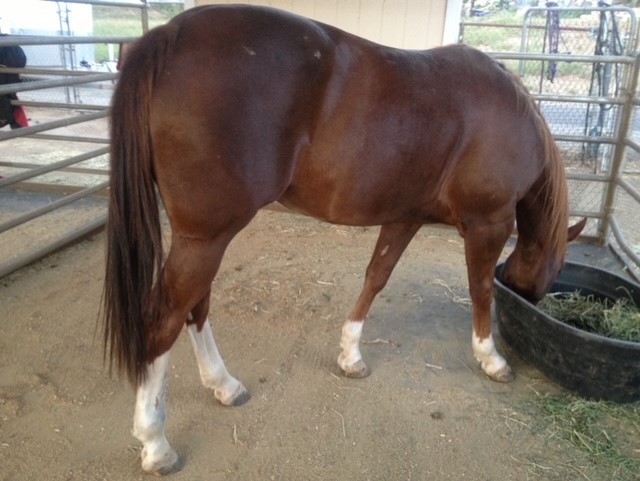
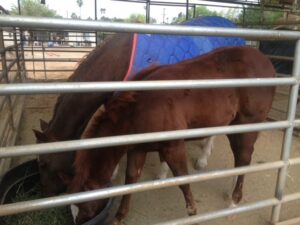 My dun horse slobbers and loudly chomps (despite receiving regular dental care—the slobbering is just plain poor manners). My 8-year old gelding tries to grab the feed bucket before I can get it into his stall, often spilling the contents onto the flooring. Can you imagine grabbing your plate from the server at a restaurant, spilling everything on the table? My retired reiner closes his eyes and savors every bite, like it’s a scrumptious dessert. But don’t get too close to his feed bucket or he will pin his ears at you, clearly saying “Don’t even think about it!”
My dun horse slobbers and loudly chomps (despite receiving regular dental care—the slobbering is just plain poor manners). My 8-year old gelding tries to grab the feed bucket before I can get it into his stall, often spilling the contents onto the flooring. Can you imagine grabbing your plate from the server at a restaurant, spilling everything on the table? My retired reiner closes his eyes and savors every bite, like it’s a scrumptious dessert. But don’t get too close to his feed bucket or he will pin his ears at you, clearly saying “Don’t even think about it!”